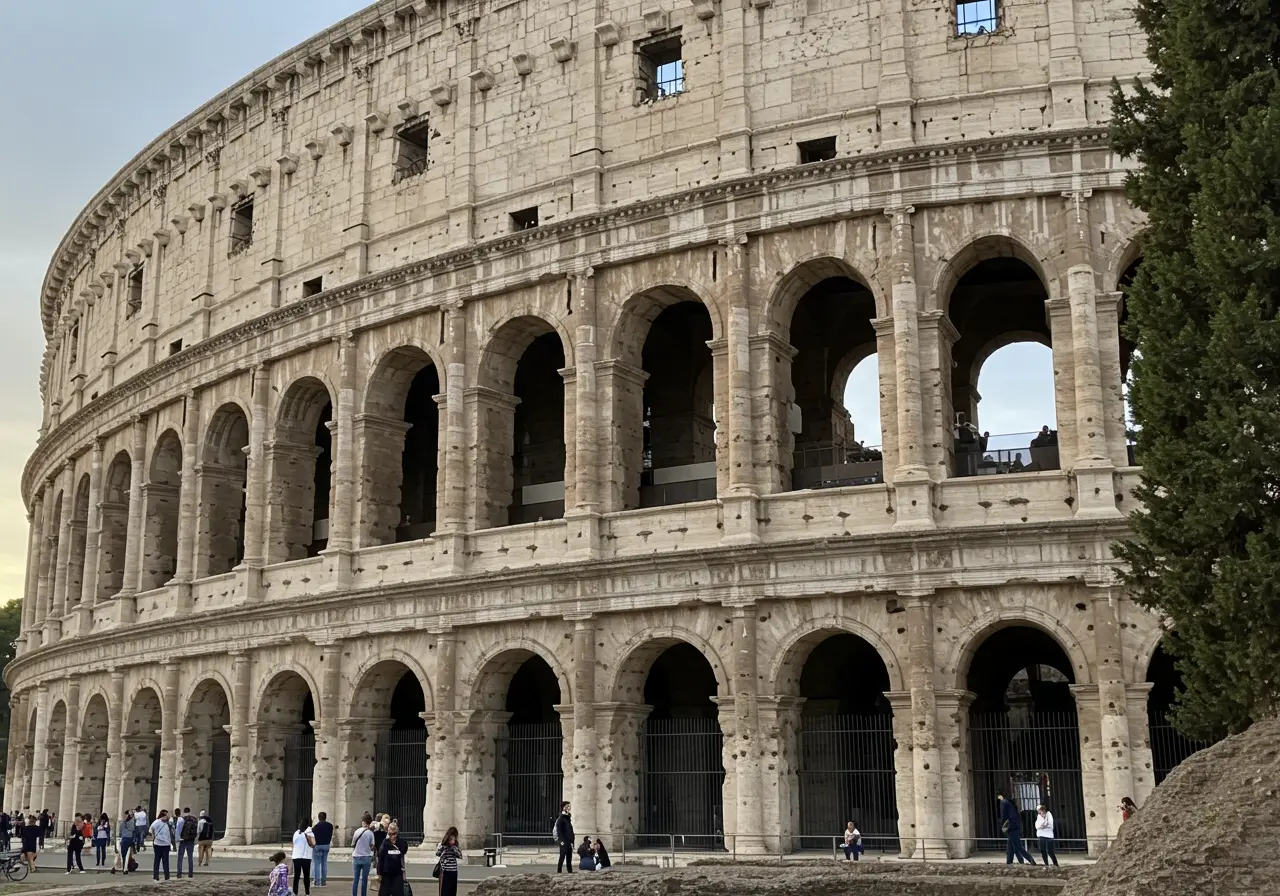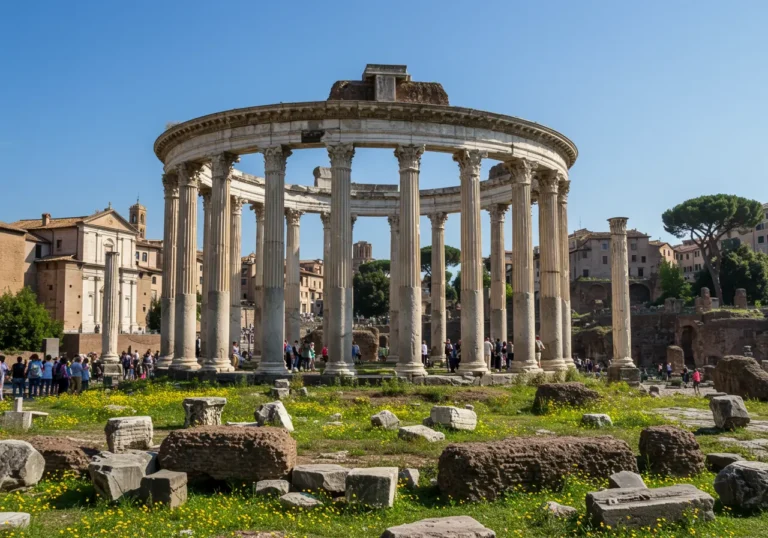10 Secrets Hidden Inside the Colosseum’s Ancient Walls
Introduction
Overwhelmed by planning the perfect Italy trip? You’re standing before one of the world’s most iconic monuments, but are you truly experiencing everything the Colosseum has to offer? This comprehensive guide reveals the hidden secrets and fascinating mysteries concealed within the Colosseum’s ancient walls that most tourists never discover.
As a travel strategist and historical researcher, I’ve spent years exploring Rome’s archaeological treasures and uncovering the lesser-known stories that bring these ancient stones to life. From underground chambers to secret passages, the Colosseum holds countless surprises that transform a simple visit into an unforgettable journey through time.
In this guide, you’ll discover the top hidden features of the Colosseum, learn why Italy should be your next destination, get expert tips for planning your Roman adventure, and explore itineraries that maximize your experience while avoiding common tourist traps.
Table of Contents
Why Visit Italy
Italy offers an unparalleled travel experience that seamlessly blends ancient history with modern convenience. Here’s why millions of travelers choose Italy as their premier destination:
• Offers world-class art, history, and cuisine – From Michelangelo’s masterpieces to authentic pasta dishes, Italy delivers cultural experiences found nowhere else on Earth
• Easy transport between cities and regions – High-speed trains connect major destinations in hours, while local transportation systems make exploration effortless
• Perfect for romantic getaways, family trips, or adventure seekers – Whether you’re honeymooning in Venice, exploring ruins with children, or hiking the Dolomites, Italy accommodates every travel style
The country’s compact size means you can experience diverse landscapes, from Alpine peaks to Mediterranean beaches, often within the same day. Italy’s rich tapestry of regional cultures, dialects, and traditions ensures that each destination offers unique discoveries.
10 Secrets Hidden Inside the Colosseum’s Ancient Walls
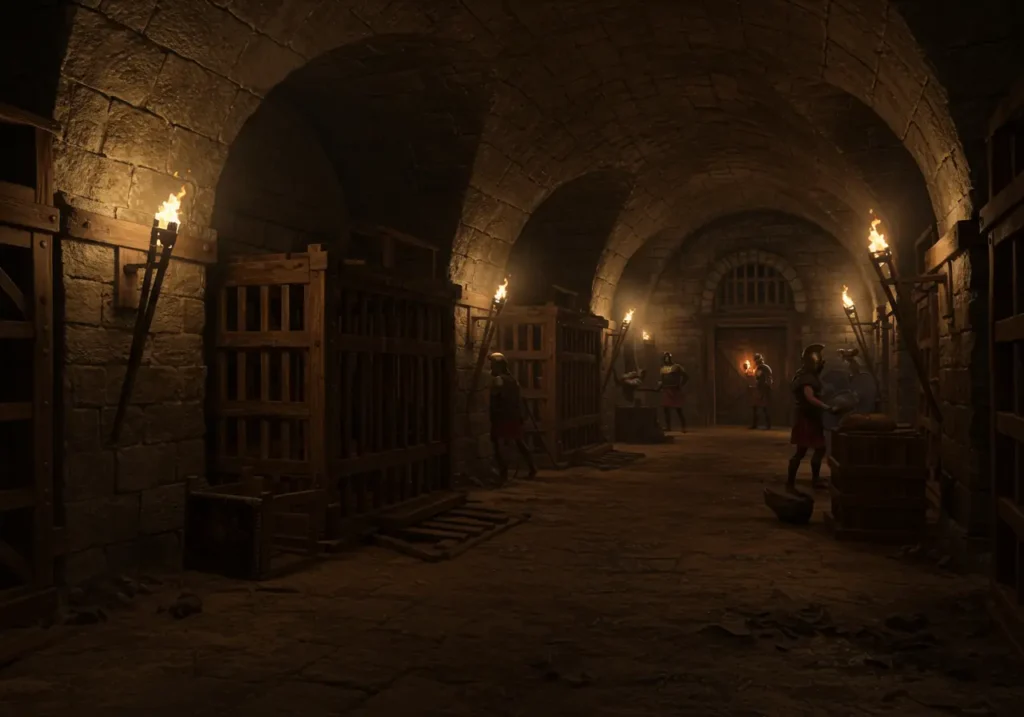
Underground Hypogeum
The Colosseum’s underground labyrinth, known as the hypogeum, represents one of ancient Rome’s most sophisticated engineering achievements. This complex network of tunnels, chambers, and corridors served as the backstage area for gladiatorial spectacles, housing exotic animals, gladiators, and elaborate stage machinery. Archaeological evidence reveals multiple construction phases, with the hypogeum featuring sophisticated drainage systems, storage areas, and holding cells that could accommodate hundreds of performers and wild beasts. The underground area connected to nearby gladiator schools and barracks through external tunnels, allowing seamless movement of participants while maintaining the mystery and surprise elements crucial to Roman entertainment. Modern visitors can explore these restored underground chambers, witnessing the incredible logistics that made the Colosseum’s legendary games possible.

Trapdoors and Lifts
The Colosseum featured an intricate system of trapdoors and mechanical lifts that created dramatic theatrical effects during gladiatorial contests. These ingenious contraptions, operated by teams of skilled workers below the arena floor, could instantly transport wild animals, gladiators, and elaborate scenery pieces onto the main stage. Archaeological studies reveal over 80 lift shafts distributed throughout the arena floor, each capable of raising platforms weighing several tons. The trapdoor mechanisms allowed for surprise entrances, sudden environmental changes, and dramatic reveals that kept audiences captivated throughout lengthy entertainment programs. Counterweight systems and pulley mechanisms enabled smooth operation of these lifts, demonstrating Roman engineering prowess that wouldn’t be matched for centuries.
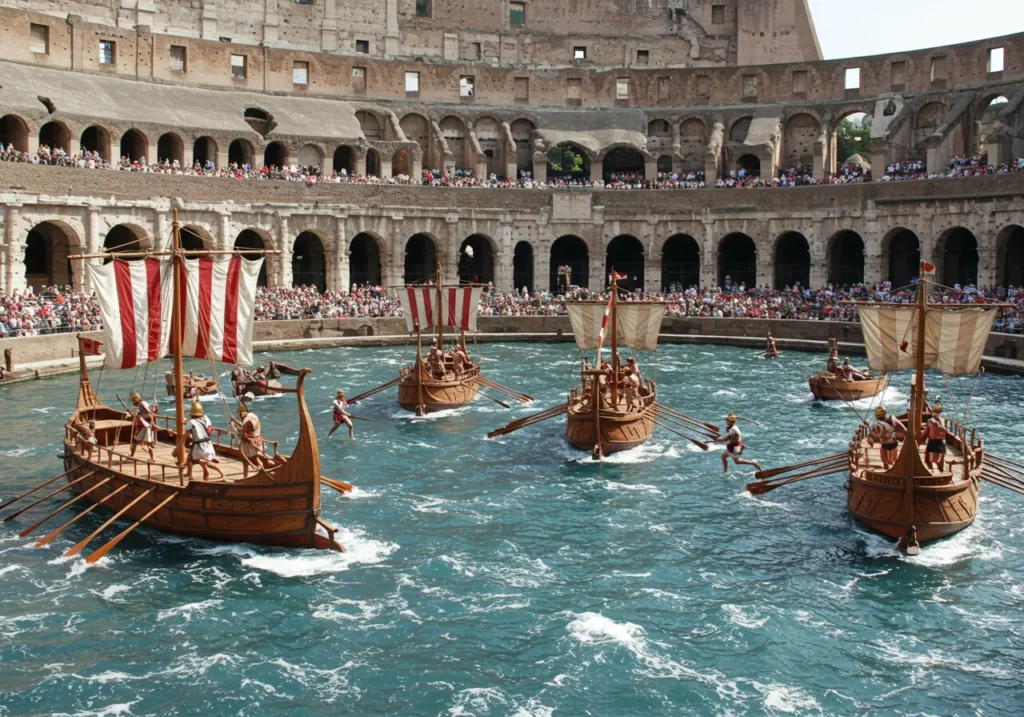
Naval Battles
The Colosseum’s arena could be flooded to stage spectacular naval battles called naumachiae, transforming the fighting space into a miniature sea for epic maritime combat. Engineers designed an elaborate flooding system using aqueduct water and sophisticated drainage mechanisms that could fill and empty the arena within hours. These aquatic spectacles featured actual warships, trained naval combatants, and elaborate recreations of famous historical sea battles that educated and entertained Roman audiences. The waterproofing techniques employed massive lead sheets and hydraulic cement that prevented leakage into the underground chambers while maintaining structural integrity. Historical accounts describe battles involving thousands of participants, exotic sea creatures, and floating islands with artificial landscapes that created immersive battlefield environments.
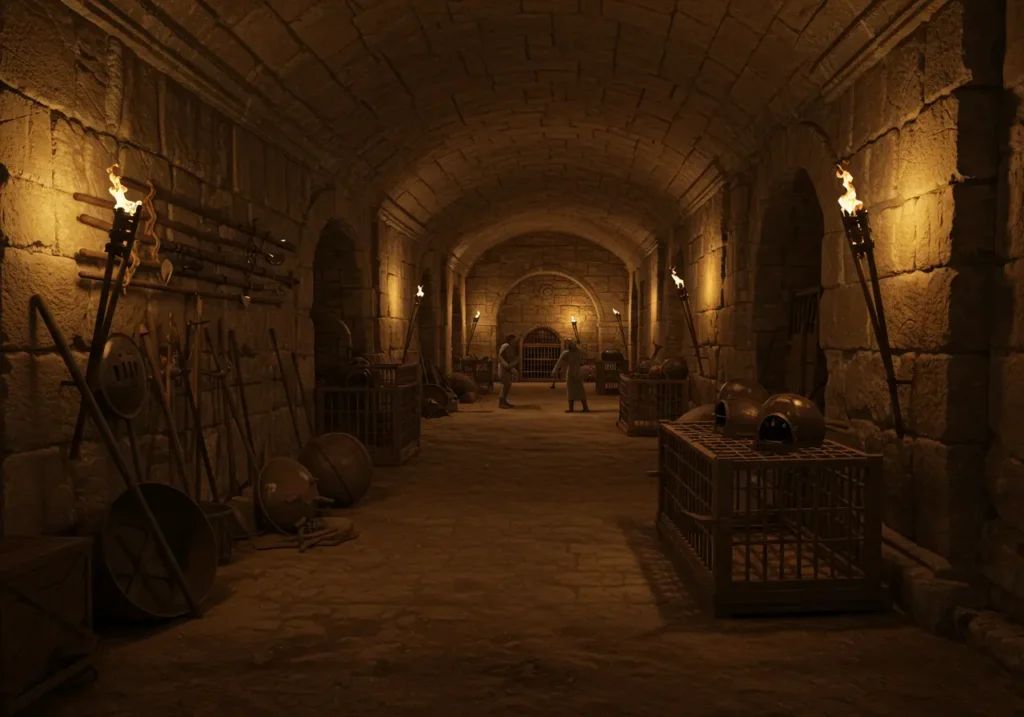
Hidden Chambers
Beyond the main hypogeum area, the Colosseum contains numerous secret chambers and storage spaces that served specialized functions during ancient operations. These concealed rooms housed medical facilities for treating injured gladiators, administrative offices for managing complex entertainment schedules, and secure vaults for storing valuable equipment and exotic animal supplies. Archaeological discoveries reveal chambers containing sophisticated ventilation systems, water distribution networks, and communication tunnels that connected different operational areas. Some hidden spaces served as emergency shelters during arena flooding or provided secure meeting places for officials coordinating entertainment programs. The chambers’ strategic locations throughout the building demonstrate careful planning for efficient operations while maintaining security and secrecy around sensitive activities.
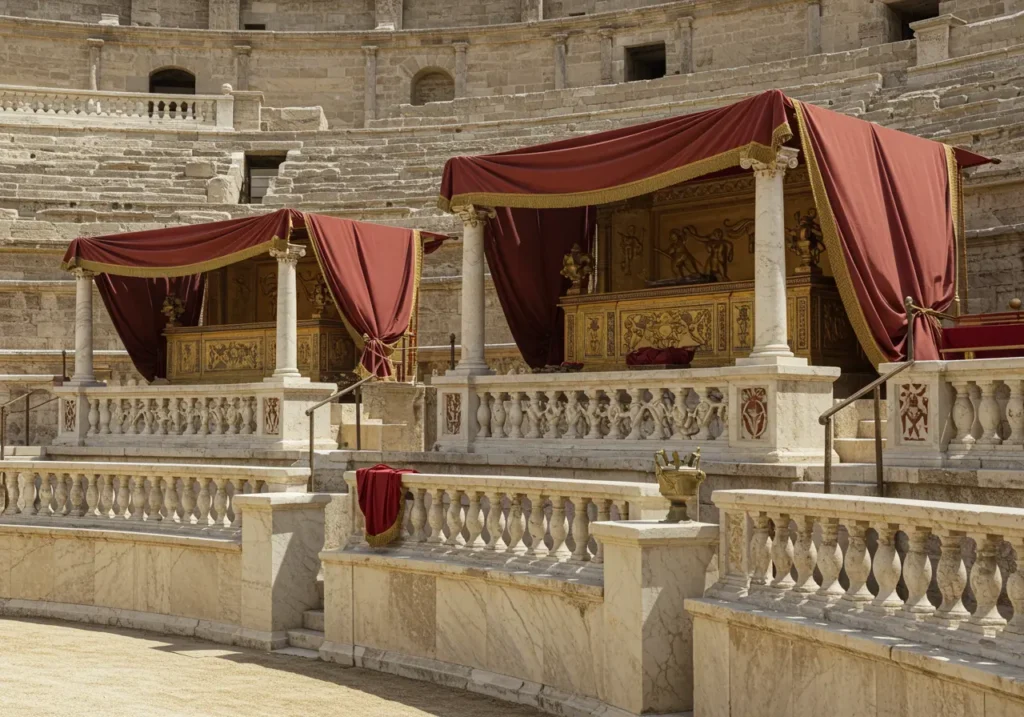
Elite Seating
The Colosseum’s seating arrangements reflected strict Roman social hierarchies, with exclusive areas reserved for emperors, senators, and wealthy citizens that featured luxurious amenities unavailable to common spectators. The imperial box, known as the pulvinar, provided the emperor with prime viewing angles, elaborate decorations, and direct access to private chambers beneath the seating area. Senatorial sections included marble seats with personal inscriptions, dedicated servants, and proximity to arena action that demonstrated their elevated social status. These premium areas featured sophisticated shade systems using retractable awnings, private refreshment services, and exclusive restroom facilities that enhanced comfort during lengthy entertainment programs.

Secret Passages
A network of concealed passages throughout the Colosseum allowed emperors, officials, and VIP guests to move between different areas without exposure to crowds or potential security threats. These hidden corridors connected the imperial box to private chambers, administrative offices, and external exits that provided secure routes for high-profile individuals. Some passages led directly to nearby imperial palaces, enabling quick access during emergencies or private consultations without disrupting ongoing entertainment programs. The secret tunnel system included sophisticated ventilation, lighting, and communication networks that maintained functionality regardless of external conditions or crowd situations. Archaeological mapping reveals passages extending beyond the Colosseum structure, connecting to gladiator schools, animal storage facilities, and imperial residences throughout the area.
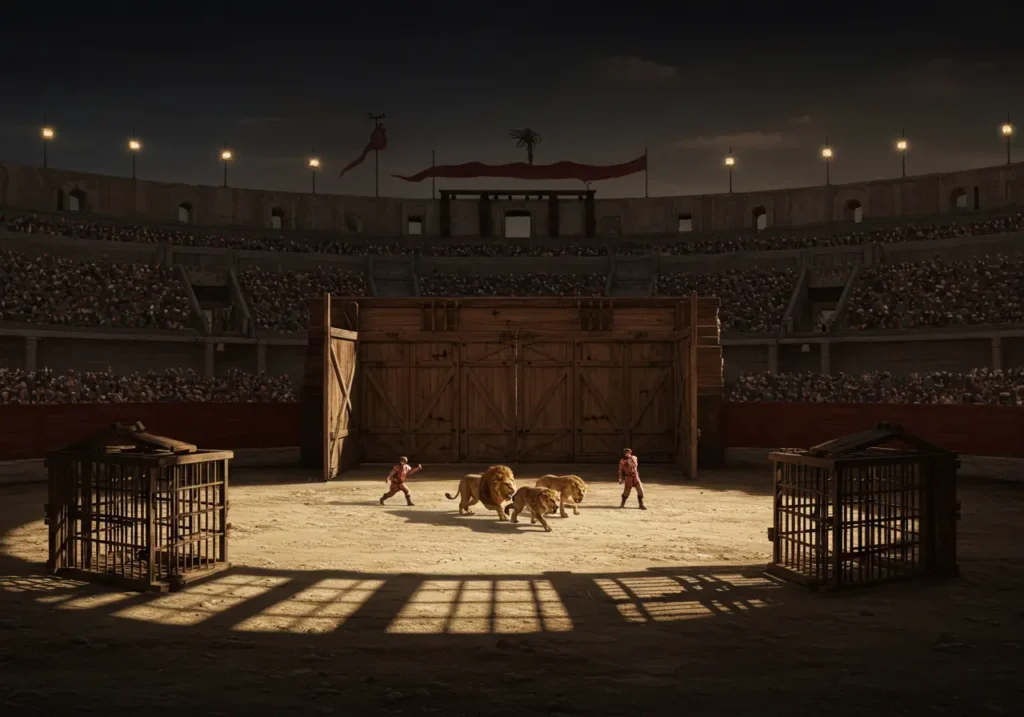
Execution Traps
The Colosseum contained sophisticated mechanical devices designed for public executions that combined dramatic spectacle with efficient elimination of condemned criminals and prisoners of war. These execution traps included hidden spikes, rotating platforms, and mechanical beasts that created theatrical death scenarios while serving Roman justice and entertainment purposes simultaneously. Archaeological evidence suggests some traps featured elaborate timing mechanisms that synchronized multiple execution methods for maximum dramatic impact during noontime execution programs. The engineering complexity required precise mechanical coordination, failsafe systems, and skilled operators who could execute flawless performances under intense public scrutiny. Some execution devices doubled as theatrical props, transforming routine capital punishment into mythological reenactments that educated audiences about Roman values and divine justice.
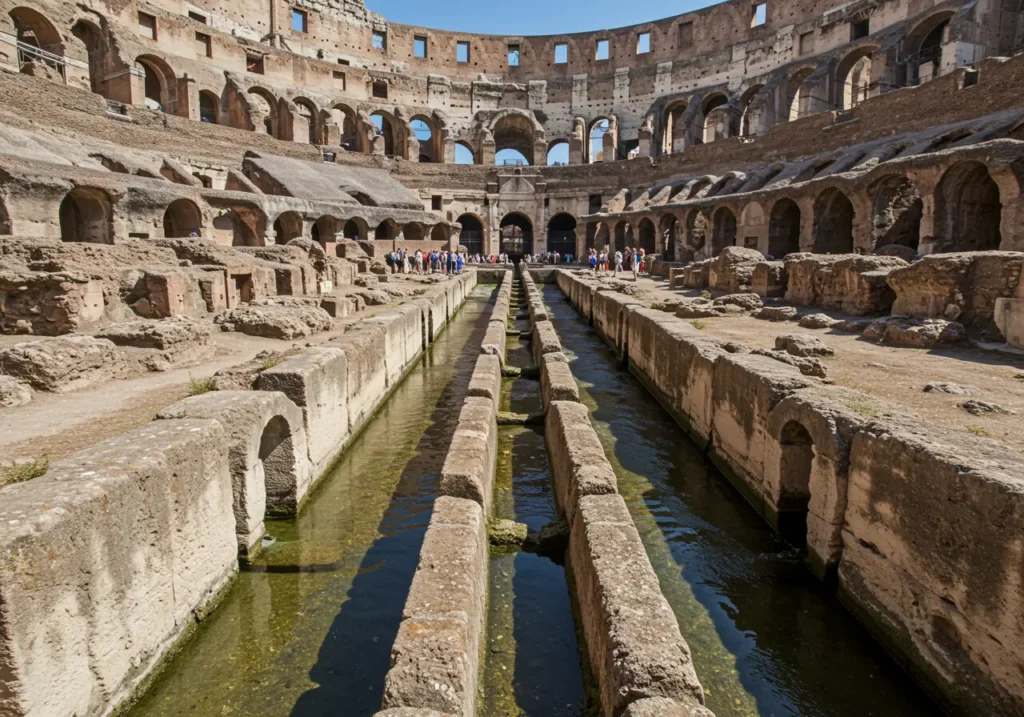
Advanced Drainage System
The Colosseum’s drainage infrastructure represents one of ancient Rome’s most sophisticated hydraulic engineering achievements, managing water from multiple sources while preventing structural damage and operational disruptions. This complex system included underground channels, collection basins, and distribution networks that handled rainwater, arena flooding, and waste removal from thousands of daily visitors. The drainage design incorporated precise gradient calculations, overflow prevention mechanisms, and emergency diversion systems that maintained functionality during extreme weather conditions or maximum capacity events. Archaeological studies reveal drainage tunnels extending throughout the building’s foundation, connecting to Rome’s broader sewer network while maintaining independent operational capabilities. The system featured specialized materials including lead pipes, waterproof cement, and bronze fixtures that provided durability and efficiency throughout centuries of continuous use.

Decorative Statues
The Colosseum originally featured hundreds of decorative statues throughout its exterior arcades and interior spaces, creating an impressive artistic gallery that complemented the building’s architectural grandeur. These sculptures depicted emperors, gods, gladiators, and mythological scenes that reinforced Roman cultural values while providing educational content for diverse audiences. Archaeological fragments reveal sophisticated artistic techniques including realistic portraiture, dynamic action scenes, and symbolic representations that demonstrated imperial wealth and artistic patronage. The statue placement followed careful design principles that enhanced sight lines, provided inspiration for performers, and created immersive environments that transported spectators into heroic narratives. Many statues featured removable elements or seasonal decorations that allowed for customization during special events, religious festivals, or imperial celebrations that required specific thematic presentations.
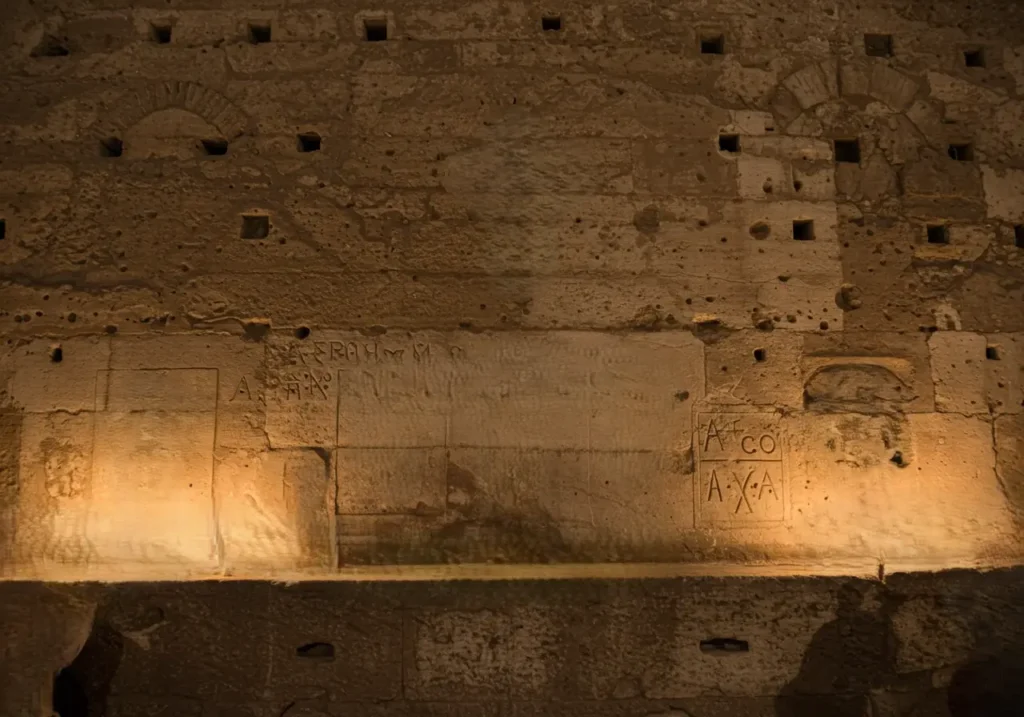
Hidden Christian Symbols
Following Christianity’s legalization in the Roman Empire, the Colosseum gradually acquired hidden Christian symbols and sacred spaces that reflected the religion’s growing influence while respecting the building’s pagan heritage. Archaeological discoveries reveal discrete crosses, Christian monograms, and biblical inscriptions carved into walls, hidden corners, and underground chambers by early Christian visitors and workers. Some areas show evidence of secret Christian gatherings, prayer spaces, and memorial installations that honored martyrs who may have died in arena spectacles during earlier persecution periods. The symbol placement demonstrates careful concealment strategies that avoided official detection while providing spiritual comfort and community identification for Christian participants in Colosseum activities.
Experience Variations
Italian travel accommodates diverse preferences and budgets, from luxury indulgence to budget-conscious adventures, ensuring memorable experiences regardless of spending capacity or travel style preferences.
Luxury Travel: Michelin Dining, Five-Star Stays
Indulge in Italy’s exceptional culinary scene through Michelin-starred restaurants that showcase regional specialties prepared by world-renowned chefs using locally-sourced, seasonal ingredients. Book reservations well in advance for exclusive dining experiences that justify premium pricing through unforgettable flavors and impeccable service.
Stay in converted palazzos, luxury resort properties, or historic hotels that offer personalized service, premium amenities, and prime locations within walking distance of major attractions. These accommodations provide concierge services, private tours, and exclusive access opportunities unavailable to typical tourists.
Arrange private guided tours, helicopter transfers, and exclusive after-hours museum visits that provide intimate experiences away from crowds while accessing restricted areas and expert knowledge that enhances cultural understanding and appreciation.
FAQs
Is it safe to travel in Italy?
Italy maintains excellent safety standards for international tourists, with low violent crime rates and efficient emergency services throughout major destinations. Exercise normal travel precautions regarding pickpockets in crowded areas, avoid displaying expensive items conspicuously, and remain aware of surroundings in tourist zones. Italian police maintain visible presence at major attractions and transportation hubs, providing assistance and security for visitors. Healthcare facilities meet international standards, while pharmacies and medical services remain readily available in cities and tourist areas.
What’s the best month to visit?
May and September offer ideal weather conditions with comfortable temperatures, minimal rainfall, and smaller crowds compared to peak summer months. Spring (April-May) provides perfect conditions for walking tours, outdoor dining, and sightseeing without excessive heat or humidity. Fall (September-October) features pleasant temperatures, harvest season activities, and excellent photography conditions with clear skies and vibrant colors. Summer months (June-August) bring intense heat, maximum crowds, and higher prices, while winter offers fewer tourists but limited hours at some attractions.
Do I need to speak Italian to get by?
English communication proves sufficient for most tourist interactions, as hospitality workers, attraction staff, and transportation personnel generally speak basic English in major destinations. Download translation apps for menu reading, shopping, and complex conversations with locals who appreciate any Italian language attempts. Learn basic Italian phrases for greetings, ordering food, and asking directions to enhance cultural connections and demonstrate respect for local customs. Italian hand gestures and friendly attitudes often bridge communication gaps effectively, while younger Italians frequently speak excellent English from their educational backgrounds.
Conclusion
Italy’s treasures extend far beyond famous landmarks, offering hidden secrets like those concealed within the Colosseum’s ancient walls that transform ordinary visits into extraordinary discoveries. From underground engineering marvels to secret passages used by emperors, these hidden elements reveal the sophisticated civilization that created Western culture’s most enduring monuments.
Pack your bags and start exploring Italy’s treasures today! Whether seeking luxury experiences, budget adventures, or cultural immersion, Italy accommodates every travel dream while exceeding expectations through authentic experiences that create lifelong memories.
Join thousands of travelers who fell in love with Italy’s magic. Your Italian adventure awaits, filled with hidden secrets, unexpected discoveries, and the warm hospitality that makes every visitor feel welcomed into this extraordinary country’s rich cultural heritage.

